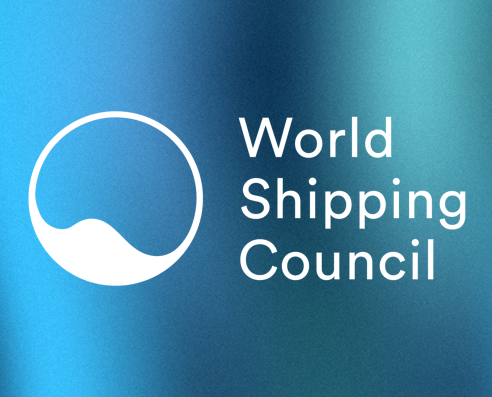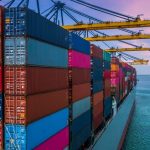This week the President signed the Ocean Shipping Reform Act into law. The Federal Maritime Commission now has the important task of implementing the law so that it fulfills its core objective to support “an ocean transportation system that is competitive, efficient, and economical.”
“Recent weeks have seen several attempts to demonize ocean carriers by deploying ‘us versus them’ rhetoric. That is not only inaccurate but dangerous, as it undermines the ability to understand and work towards solving the root causes of America’s supply chain problems. Ocean carriers are the longest link in the global supply chain that delivers vital supplies to American business, government and consumers. The supply chain is not foreign; it is global.
“It is understandable that regulators ask questions with the current market conditions. Liner shipping is a very closely monitored industry, and carriers have answered and will continue to answer those questions. But the fact is that ocean carriers actively compete against one another in the global marketplace, including on the shipping lanes most relevant for U.S. trade. The expert U.S. regulator that oversees international shipping – the Federal Maritime Commission – just completed a two-year investigation into the international ocean supply chain, finding that ocean carrier competition is ‘vigorous’ and that while ocean freight prices are high, they are ‘exacerbated by the pandemic, an unexpected and unprecedent surge in consumer spending particularly in the United States, and supply chain congestion, and are the product of the market forces of supply and demand.’ The FMC also stated that ‘Competition officials of the European Union, China, and the Federal Maritime Commission regularly discuss our ocean shipping markets and we have, to date, observed no indication that the current prices for liner shipping are a result of collusive or illegal conduct on the part of the major ocean carriers in our markets.’
“The worn-out talking point that ‘there’s only nine major ocean shipping lines who ship from Asia to the United States’ is also untrue. While nine lines in and of itself is evidence of competition and not concentration, there are an additional thirteen ocean liner companies that operated over 30% of the sailings from Asia to the U.S so far this year. In fact, competition increased during the pandemic, with new shipping services entering the market and the share of the largest alliances dropping. The FMC investigation also reports that ‘the individual ocean carriers within each alliance continue to compete on pricing and marketing independently and vigorously. Individual ocean carriers within alliances continue to add and withdraw vessels from trades both inside and outside the alliances in which they participate and, particularly in the transpacific, new entrants have been entering the trade. The transpacific is a highly contestable market.’
“There is no dispute that carriers, after two decades of low or no margins and cheap and abundant capacity for shippers, are actually making profits. These profits are invested in building capacity for the future on land and sea. In 2021, carriers ordered a record-breaking 561 vessels worth 43.4 Billion USD, and 208 vessels worth 18.4 Billion USD have been ordered year-to-date in 2022. But as long as America’s ports, railyards and warehouses remain overloaded and unable to cope with the increased trade levels, vessels will remain stuck outside ports to the detriment of importers as well as exporters. Ocean carriers continue to move record volumes of cargo for our country and have invested heavily in new capacity – America needs to make the same commitment and invest in its landside logistics infrastructure.”
Source: Hellenic Shipping News






